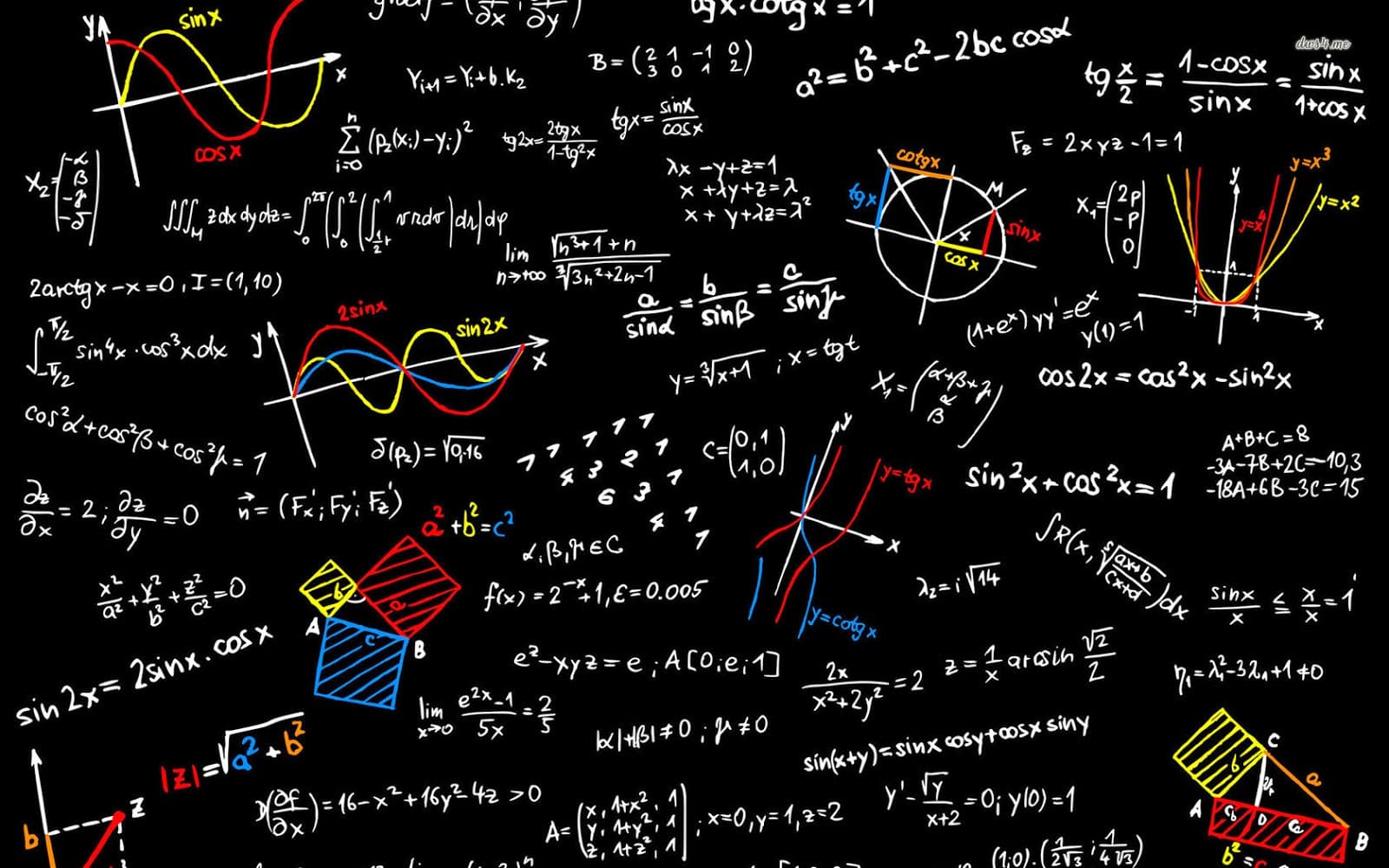Forging Connections
Mathematics is an important aspect of learning. While most despise studying numbers and theorems, mathematics is—as some have poetically put it—the language of the universe. An understanding of mathematics allows us to see the strings that bind the Universe together, and to explain the workings of the Universe.
This is why study and research in mathematics, while not glamorous, is very important.
And this is why a new project is trying to do something amazing: Explore the mathematical universe. A team of more than 80 mathematicians from 12 countries has started charting the terrain of rich, new mathematical worlds, and sharing their discoveries on the Web.
The "L-functions and Modular Forms Database," abbreviated LMFDB, is an intricate catalog of mathematical objects and the connections between them.
Much like how the Cartesian plane connects geometry and algebra, LMFDB and its researchers aim to build connections between seemingly separate specialties.
An animation of the past 5 years of work on the LMFDB.
Periodic Table
The project has many similarities to the first periodic table, which was developed because after the discovery of many elements, the relationships between them began to be seen. This is similar to LMFDB: the different objects in mathematics could now be classified into categories and relationships between them established.
Of special mention are L-functions. They are objects within the mathematical world that could be used to characterize other objects, something like the "DNA" of math. There have been more than 20 million objects catalogued, and each has its L-function that serves as a link between related items.
With all these important mathematical relationships that have to be studied, the LMFDB was developed. It acts as a sophisticated web interface that allows both experts and amateurs to easily navigate its contents. Each object has a “home page” and links to related objects, or “friends.” And this "friends" function is important. It allows for these interconnections to be seen in clear, explicit, and navigable terms.
The idea behind LMFDB began in a workshop at the American Institute of Mathematics in 2007, with actual work beginning at a workshop supported by the National Science Foundation (NSF) in 2010.
Share This Article
